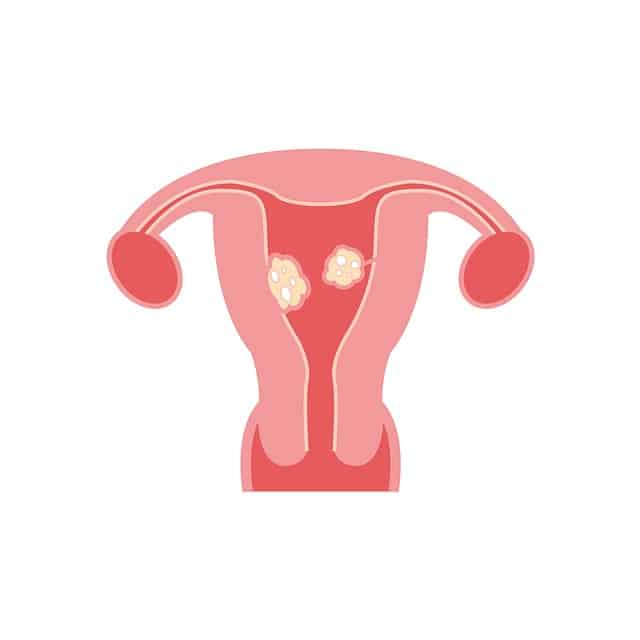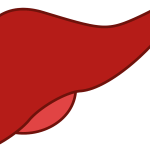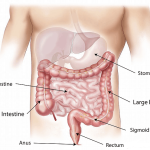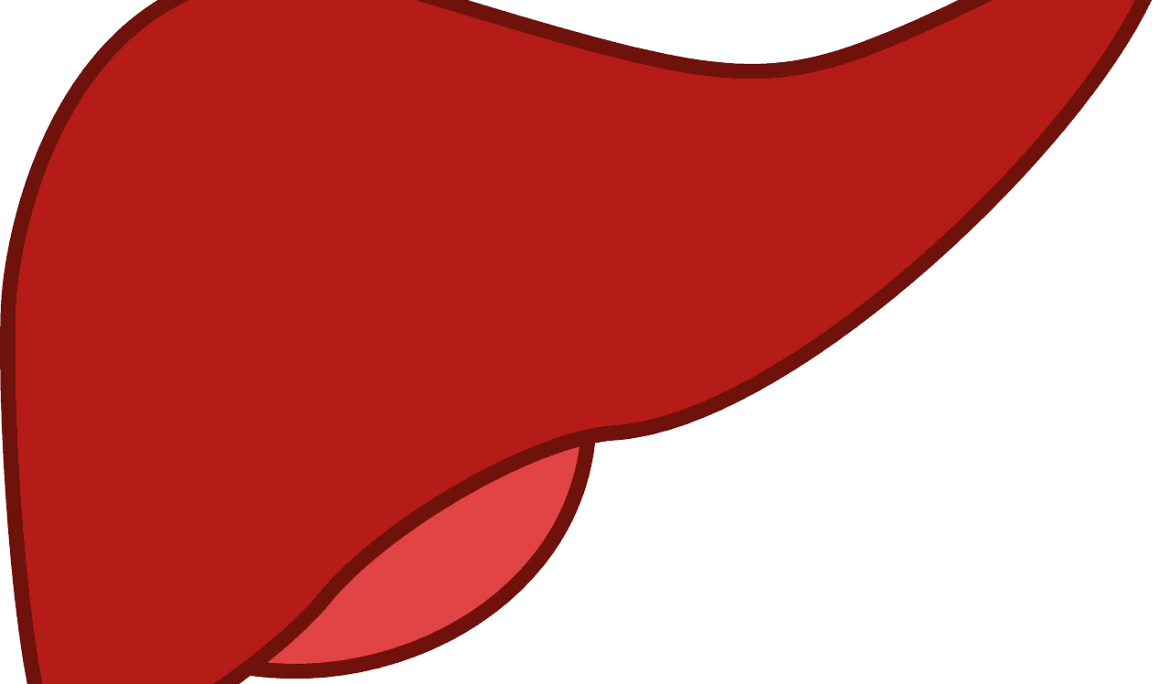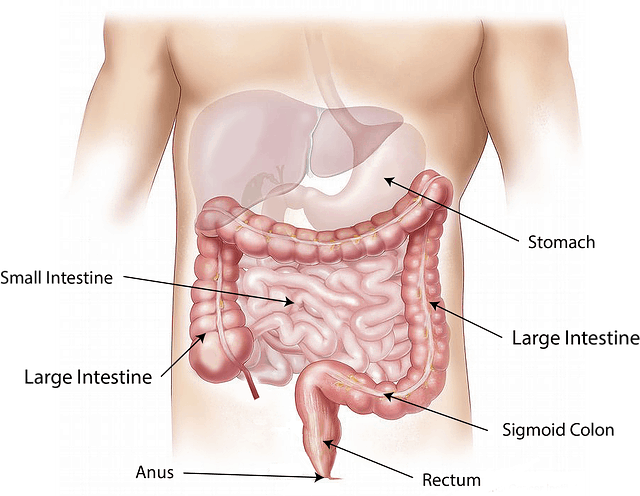FIBROIDS are muscular tumours that grow in the wall of the uterus (WOMB). They are almost benign (not cancerous).
It’s unclear why fibroids develop, but several factors may influence their formation. Estrogen and progesterone causes the uterine lining to regenerate during each menstrual cycle and may stimulate the growth of fibroids. Individuals with family history of fibroids are at an increased risk of developing fibroids. Fibroids may develop and grow rapidly while you’re pregnant.
The type of fibroids a woman develops depends on its location in or on the uterus. Intramural fibroids are the most common type of fibroids. They appear within the muscular wall of the uterus. They can grow larger and stretch your womb. There are different types of fibroids. Subserosal fibroids appear on the outside of your uterus called the serosa and can grow large enough to make your womb appear bigger on one side. Pedunculated fibroids are Subserosal fibroids with a stem, a slender base that supports the tumor (growth). Submucosal fibroids develop in the middle muscle layer, or myometrium on your uterus. They are not as common as the other types.
Women are at greater risk for developing fibroids if they have one or more of the following risk factors: pregnancy; a family history of fibroids; women aged thirty or older and women that are obese. The incidence of fibroids development also seems to be high in women of African descent. Fibroids symptoms may include heavy bleeding between or during your periods. It could also include blood clots. Pain in the pelvis or lower back, increased menstrual cramping, pain during intercourse and prolonged menstruation could also be signs of fibroids development. Women tend to feel pressure or fullness in the lower abdomen and swelling or enlargement of the abdomen.
For a proper diagnosis, you will need to see a gynecologist for a pelvic examination. The diagnosis is used to check the condition, size and shape of your uterus. An ultrasound is also significant importance in diagnosing Fibroids. If your doctor wants to exclude other pelvic pathologies they can request a pelvic CT or MRI.
Your doctor will develop a treatment plan based on your age, the size of your fibroids and your overall health. The doctor will also determine whether you can still fall pregnant. Gonadotropin – releasing hormone (GnRH) agonists can be used to shrink the fibroids. Myomectomy can be done abdominally or laparoscopically to remove the fibroid. In a case where a woman has no need to fall pregnant, a hysterectomy (removal of womb) can be performed. There is new emerging minimally invasive procedure such as endometrial ablation or uterine artery embolization that one can consider.
In conclusion, your prognosis outcome depends on the size and location of the fibroids. Fibroids may not need treatment if they are small or don’t produce symptoms. If you are pregnant and have fibroids, or become pregnant and have fibroids, your doctor will carefully monitor your condition. In most cases, fibroids don’t cause problems during pregnancy. Speak to your doctor if you show of fibroids and expect to become pregnant.
Dr. Makemba Shayela Nelson – MBChB – University of Kwazulu-Natal, Durban, South Africa. Nesha Medical Practice.
Source: Confidente




